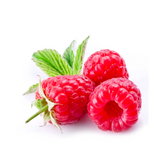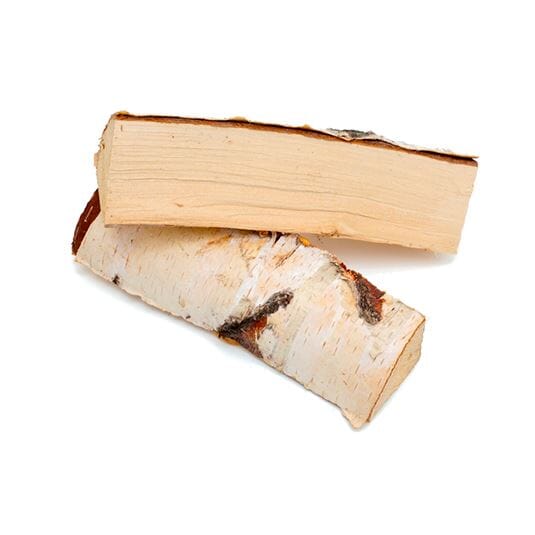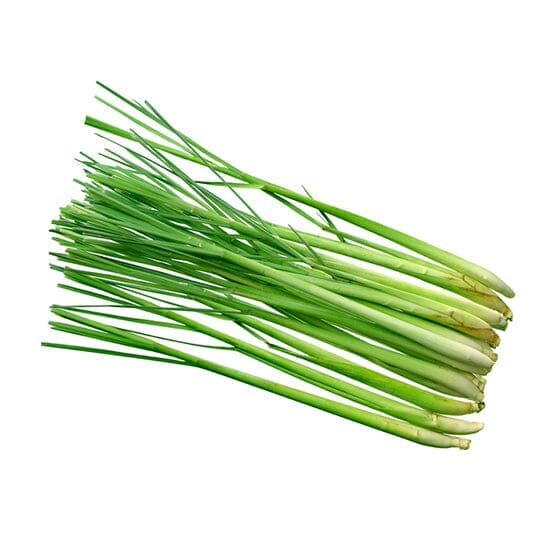Red fruits, very popular fragrances
Red berries hold a special place in the world of perfumes. They are appreciated for their sweet , fresh and often slightly tangy scent, which evokes youth, energy and a certain form of sophistication. Used in both women's and men's fragrances, red berries add a unique and often irresistible dimension to a fragrance blend.
There are many reasons for the popularity of red fruits in perfumery. First, their scent is universally beloved, offering a fruity and invigorating top note that instantly captures attention. Second, they possess exceptional versatility, blending harmoniously with a multitude of other scents, whether floral, woody, musky, or oriental. Finally, red fruit fragrances often evoke pleasant memories and emotions—summer afternoons spent picking berries by a country lane, enjoying a homemade strawberry tart, or the simple pleasure of a bowl of juicy cherries. These positive associations make red fruits a popular choice for perfumers seeking to create fragrances that tell a story, evoke emotions, and captivate the imagination.
In the beginning…
The history of red fruits in perfumery is as rich and complex as the fragrances themselves. For centuries, perfume designers have harnessed the power of red fruits to add a touch of sweetness, freshness, and originality to their creations.
The earliest evidence of the use of red fruits in perfumery dates back to ancient times. The Egyptians, recognized as the pioneers of perfumery, used various plants and fruits, including red fruits, to create perfumes and ointments. In the Middle Ages, strawberries and raspberries were commonly used in eau de toilette and lotions. However, the use of fruits in perfumes was limited at the time due to the difficulty of extracting their essences without altering their freshness and sweetness.
Over the centuries , with the evolution of extraction techniques, the use of red fruits in perfumery became increasingly common. In the 19th century, innovation in extraction methods made it possible to obtain purer and more stable red fruit essences, paving the way for their increased use in perfumes. In the early 20th century, fruity perfumes, with a predominance of red fruit notes, became popular and began to shape perfumery trends.
Today , the use of red fruits in perfumery is more widespread than ever. These fruits are at the heart of many contemporary creations, from the most luxurious perfumes to the most accessible fragrances. The use of red fruits has also diversified, moving from simple top notes to more complex compositions where they can act as heart or base notes. The appeal of red fruits remains strong, due to their ability to evoke feelings of joy, carefreeness, and youth.
What types of red fruits are used in perfumery?
Each red fruit has its own olfactory personality and brings unique notes to fragrances. Perfumers use them to create seductive accords that tell stories and evoke emotions.
• Strawberries
Strawberry is perhaps one of the most iconic red fruits used in perfumery. It offers a soft, sweet, and slightly tangy note that evokes freshness and cheerfulness. It is commonly used in fruity and gourmand fragrances, bringing a feeling of lightness and youth. Perfumes like Amor Amor by Cacharel or Miss Dior Chérie by Dior , exploit the scent of strawberries wonderfully.
• Raspberries
Raspberries bring a sweet yet tangy note, with a slightly floral undertone. They are often used to add a touch of sophistication to a fragrance. Their rich nuances make them an excellent choice for complex, multi-layered scents. 203 by Bon Parfumeur and Nina by Nina Ricci are examples of fragrances that use raspberry notes.
• Cherries
Cherries offer a sweet, juicy, and slightly bitter note. They are often associated with feelings of seduction and temptation. They are typically used in oriental or gourmand fragrances to add a certain opulence. Guerlain 's La Petite Robe Noir is an excellent example of a fragrance that highlights the cherry note.
• Gooseberries
Redcurrants bring a tangy and refreshing note, with a hint of sweetness. They are commonly used in summer fragrances for their lightness and freshness. Bon Parfumeur 's 202 or Jo Malone 's English Oak & Redcurrant use redcurrant for an invigorating sensation.
• Blackberries
Blackberries bring a rich, almost wine-like note that can add depth to a fragrance. Their sweetness combined with a slight acidity makes them an interesting choice for fruity and oriental fragrances. Mûre et Musc Extrême by L'Artisan Parfumeur is an example of a fragrance that uses blackberries.
How to extract the scents of red fruits?
Extracting the scents of red fruits presents several challenges . First, these fruits contain a large amount of water, which can make extraction difficult and inefficient. Second, their aromatic components are often volatile and can be easily lost or altered during the extraction process. Finally, faithfully reproducing the natural scent of red fruits is a challenge in itself, as their complex and nuanced fragrance can be difficult to capture in a single essence. Perfumers thus recreate the scent of red fruits using synthetic molecules.
Why are red fruits popular in perfumery?
Red fruits have a lot to offer in the art of perfumery. Not only do they provide distinct and pleasing fragrances, but they also play a crucial role in creating appealing and memorable scents.
Red fruit fragrances are prized for their freshness , sweetness , and versatility . They evoke joy, innocence, and seduction, yet are versatile enough to be worn in any season and for any occasion. Additionally, red fruits are associated with pleasant memories, such as childhood or summer walks, making red fruit fragrances nostalgic and comfortable for many.
The psychological impact of red berry scents is undeniable. Research has shown that fruity scents can improve mood, reduce stress, and stimulate positive memories. Additionally, fruity scents, especially those with red berry notes, are often perceived as youthful and more energetic. They can therefore help create a more positive and youthful self-image.
Red fruits have a great ability to blend harmoniously with a variety of other scents. For example, they can add sweetness and depth to floral fragrances, a juicy and vibrant note to oriental fragrances, and an invigorating freshness to woody fragrances. In short, they add a unique dimension to a fragrance, balancing other notes and creating olfactory harmony.









